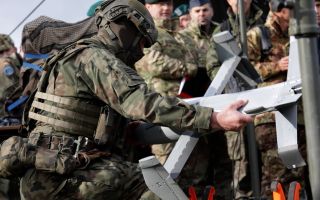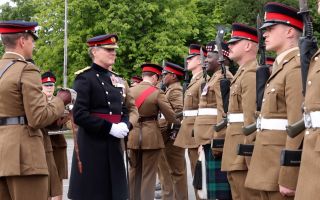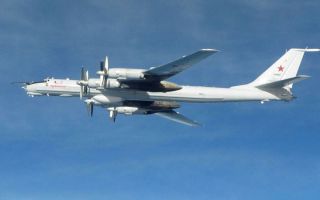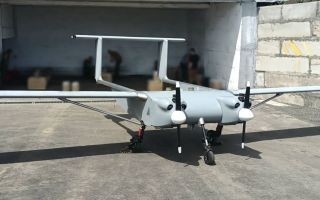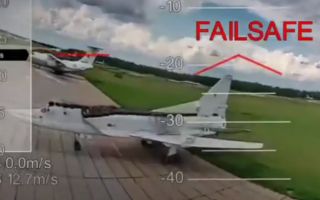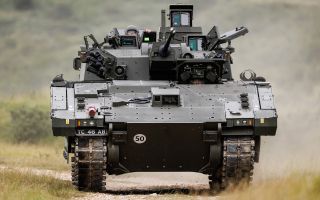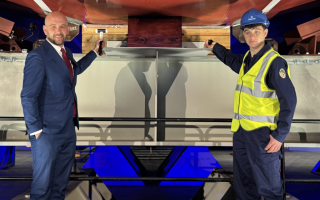Time and precision: How the US military spent 15 years planning its strike on Iran
The United States had a number of officers whose sole job for 15 years was to target one Iranian complex.
In the process of their preparations, they helped develop the biggest non-nuclear bomb the US has ever built.
These are among the details released about the B-2 Spirit stealth bomber raid on Iran last weekend.
Chairman of the Joint Chiefs of Staff General Dan Caine revealed the US had been working on destroying the Iranian nuclear capability since 2009.
The department given this task was the Defence Threat Reduction Agency (DTRA) whose headquarters is at Fort Belvoir, Virginia.
This department's role is to deter strategic attacks on the US and counter weapons of mass destruction and emerging threats.
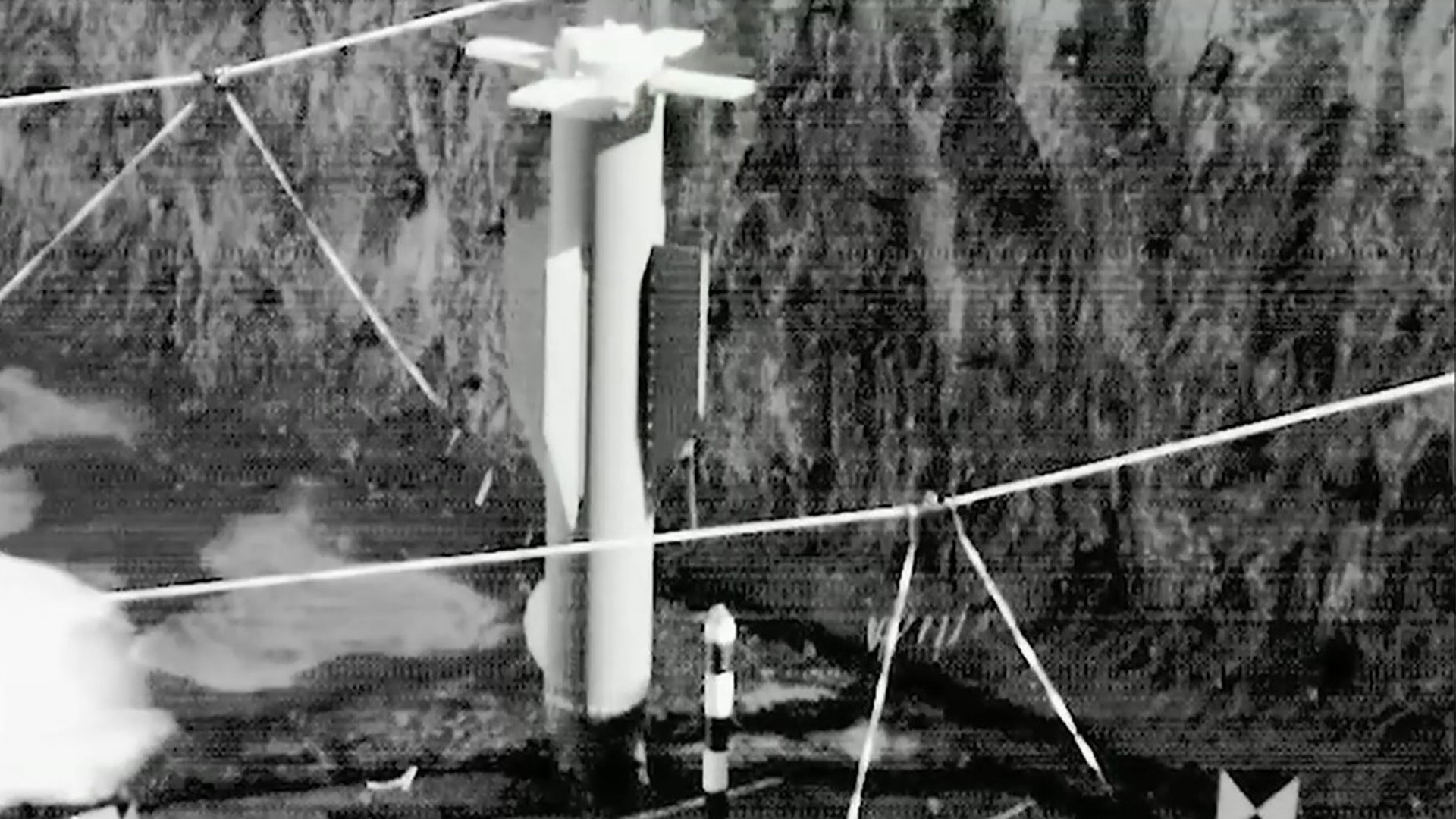
DTRA gave two officers the task of planning an attack to destroy the Iranian centrifuges in tunnels in a mountain at Fordow south of Tehran.
The officers planned to attack two ventilation shafts that were visible in satellite images of the mountain in 2009.
They quickly realised the current bombs in the US armoury were not big enough, so the US commenced a programme to build the GBU-57 Massive Ordnance Penetrator (MOP) weapon.
The DTRA team studied the ventilation shaft construction, the geology and the materials that were dug out of the shafts.
They studied everything about the tunnels.
The MOP weapon finally put into practice
At the same time the US had teams of scientists modelling the MOP bomb designs.
General Caine said that at one stage early in the design process the project was in secret the biggest user of supercomputer hours in the US.
The DTRA team oversaw hundreds of tests including many of full scale MOP weapons.
On 21 June 2025, Operation Midnight Hammer launched from Missouri just after midnight.
After 18 hours in the air the first MOP bomb dropped at Fordow.
According to General Caine the pilot of a following B-2 said it was the brightest explosion he had ever seen.
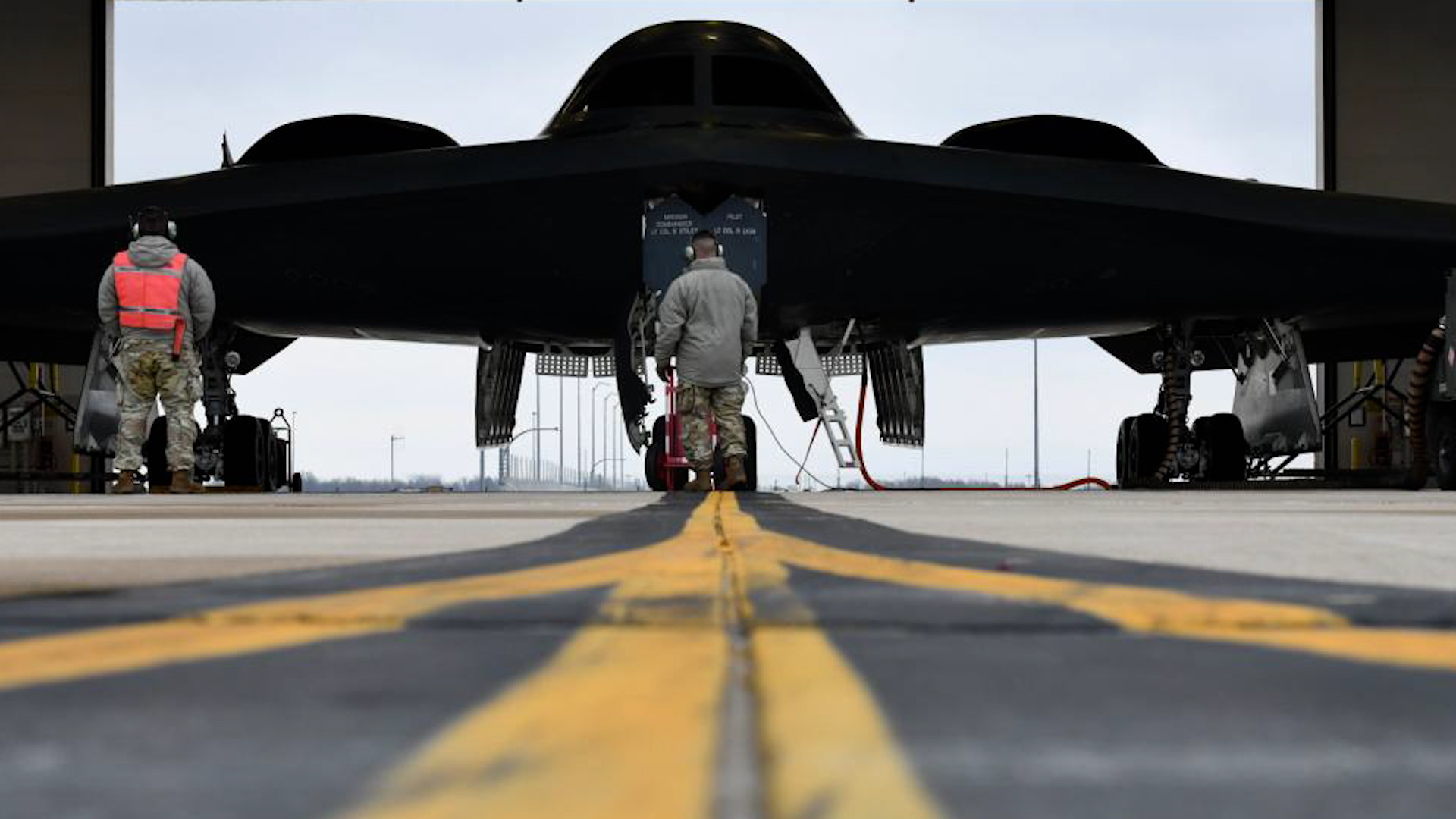
The targets at Fordow were the two ventilation shafts. These had been covered in concrete by the Iranians and the job of the first bombs dropped were to remove the concrete cap.
The next five bombs went down the same shaft. Each bomb was fused to explode at a different depth to tunnel through the mountain.
Each bomb weighed 30,000lbs and travelled at over 1,000 feet per second. The bombs were designed to destroy the centrifuge chambers by a mixture of overpressure and blast.
The Pentagon press conference had been called partly to counter reports in the US media that the strikes had only set back the Iranian nuclear programme by a few months.
The level of planning revealed indicated the DTRA team were confident the MOPs dropped would have destroyed the centrifuge chambers at Fordow.
There are still claims the Iranians have moved processed Uranium to other locations.
However without the ability to further refine this Uranium to levels usable in a nuclear weapon then is likely the programme has been substantially set back.
Finally General Caine issued an ominous warning to US adversaries that DTRA has other teams studying other targets around the world

